EcoE bike Blog
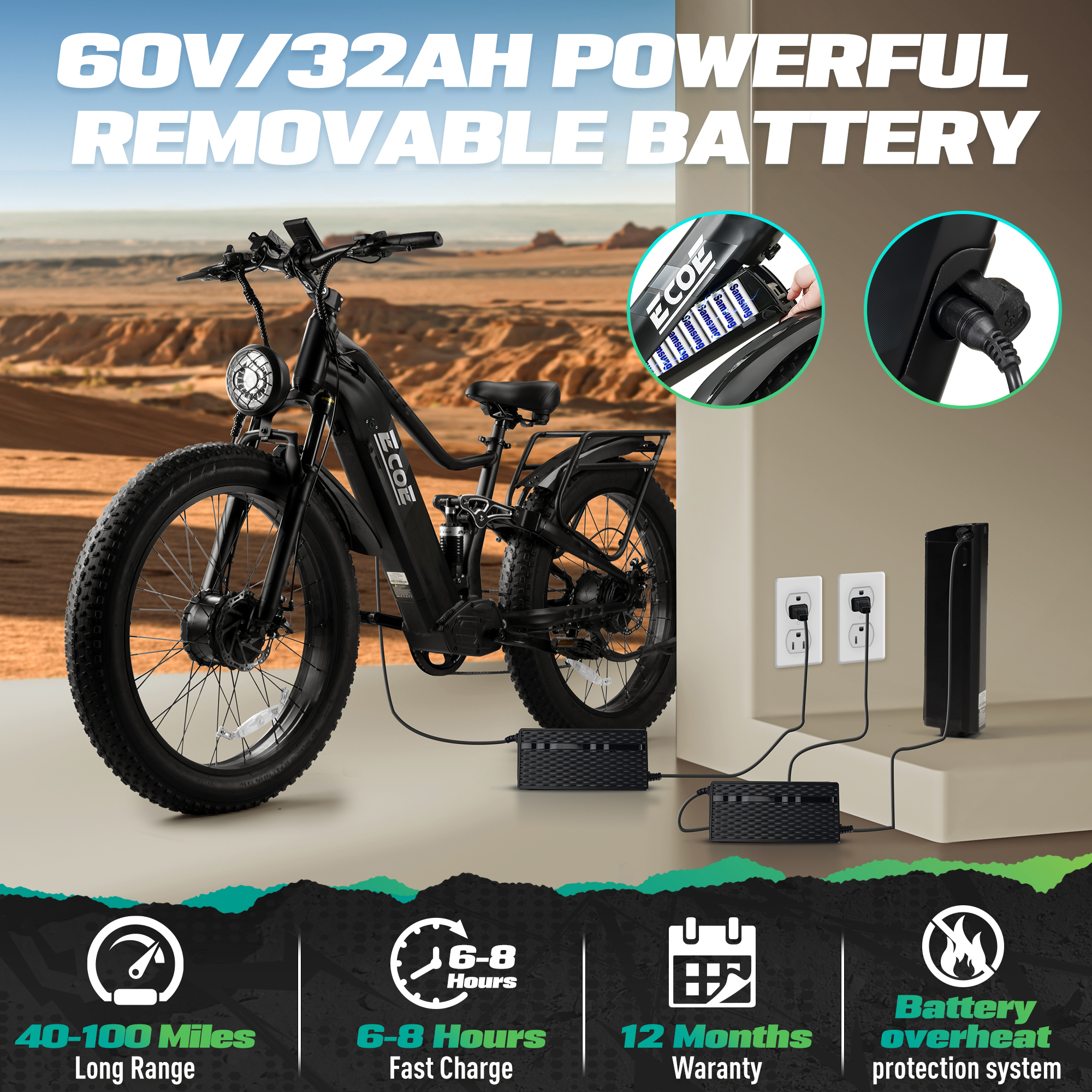
How Far Can an Electric Mountain Bike Go? Range Tests & Battery Tips
Maximizing Your Ride Without Running Out of Juice The Real-World Range Challenge Electric mountain bike ranges vary wildly—from 20 to 100+ miles—depending on: 2025 Range Test Results(Personal opinion, if you have any questions, please contact me to delete) We tested 10 popular models across mixed terrain (50% hills, 30% gravel, 20% pavement): Bike Model Claimed Range Actual Range TrailMaster X9 Pro 90 miles 68 miles VoltRider Summit V2 75 miles 57 miles GreenMotion Blaze 100 miles 82 miles EcoE 5000W 80 miles 72 miles Note: EcoE’s test used “Eco” mode (20mph cap) with moderate pedaling. 6 Proven Tips to Extend Your Range When to Upgrade Your Battery Signs it’s time: Pro Tip: Opt for removable batteries (like EcoE’s 60V 32AH system) to easily swap packs for long adventures. The Role of Smart Engineering While rider habits dictate 70% of range, smart bike design tackles the rest. Emerging brands like EcoE now integrate adaptive power management—automatically reducing motor output on descents to conserve energy. Their 5000W Dual Motor model also allows users to detach one motor for flat commutes, effectively doubling range in “Single Drive” mode. Though not a perfect solution, such innovations hint at a future where raw power and efficiency coexist. Do you hypermile your e-bike or prioritize power over distance? Drop your tactics below—let’s crowdsource the ultimate battery bible!
Read more
Best High-End Electric Mountain Bikes for Serious Trail Enthusiasts
Where Cutting-Edge Tech Meets Uncompromising Performance What Defines a “High-End” E-MTB? For serious riders, premium electric mountain bikes blend industrial-grade power, smart adaptability, and bombproof durability. We evaluated 15 contenders across three criteria: 2025’s Top 5 High-End Contenders(Personal opinion, if you have any questions, please contact me to delete) The Hidden Cost of “High-End” Emerging Innovations to Watch While giants dominate the luxury segment, smaller brands are pushing boundaries in accessible high-performance tech. For example, EcoE’s 5000W Dual Motor—priced far below typical high-end models—pairs a 60V 32AH battery (80-mile range) with SHIM 7-speed versatility, challenging the notion that raw power must come at a premium. Though its 75-lb weight and minimalist display can’t match ultra-light carbon builds, its modular accessory ports (supporting DIY upgrades) and lifetime technical support appeal to riders who prioritize adaptability over exclusivity. Is “High-End” Worth It? If you chase podium-level performance or engineer-grade tech, these bikes justify their price. But for 90% of riders, mid-range models with smartly targeted upgrades (like swappable batteries or reinforced suspensions) offer 80% of the thrill at half the cost. Test ride both tiers—your dream bike might surprise you.
Read more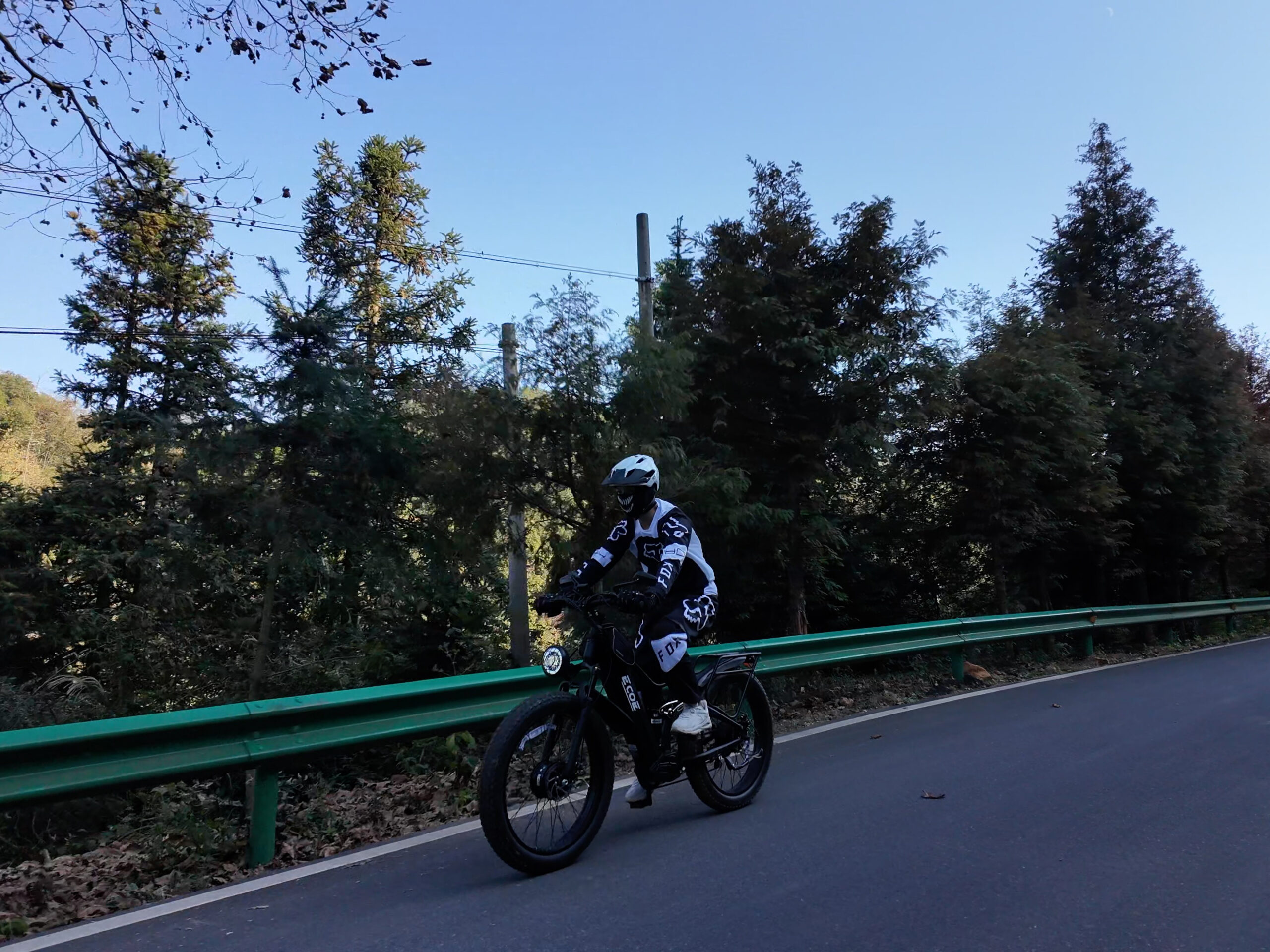
7 Key Features to Look for When Buying an Electric Mountain Bike
Avoid Buyer’s Remorse with This Expert Checklist 1. Motor Power & Placement 2. Battery Capacity & Management 3. Tire Size & Tread 4. Suspension System 5. Frame Material & Weight 6. Smart Integration 7. After-Sales Support Putting It All Together While balancing these features, some brands stand out for future-proof engineering. Take EcoE’s 5000W Dual Motor Bike: its modular battery system (swappable in seconds) and SHIM 7-speed drivetrain address both range anxiety and gear versatility. Though not explicitly marketed as “smart,” its tool-free maintenance design (e.g., accessible motor casings) aligns with a growing demand for user-repairable e-bikes—proving that thoughtful engineering often speaks louder than flashy specs. Would you trade motor power for lighter weight? Or sacrifice app features for longer warranty? Join the debate below!
Read more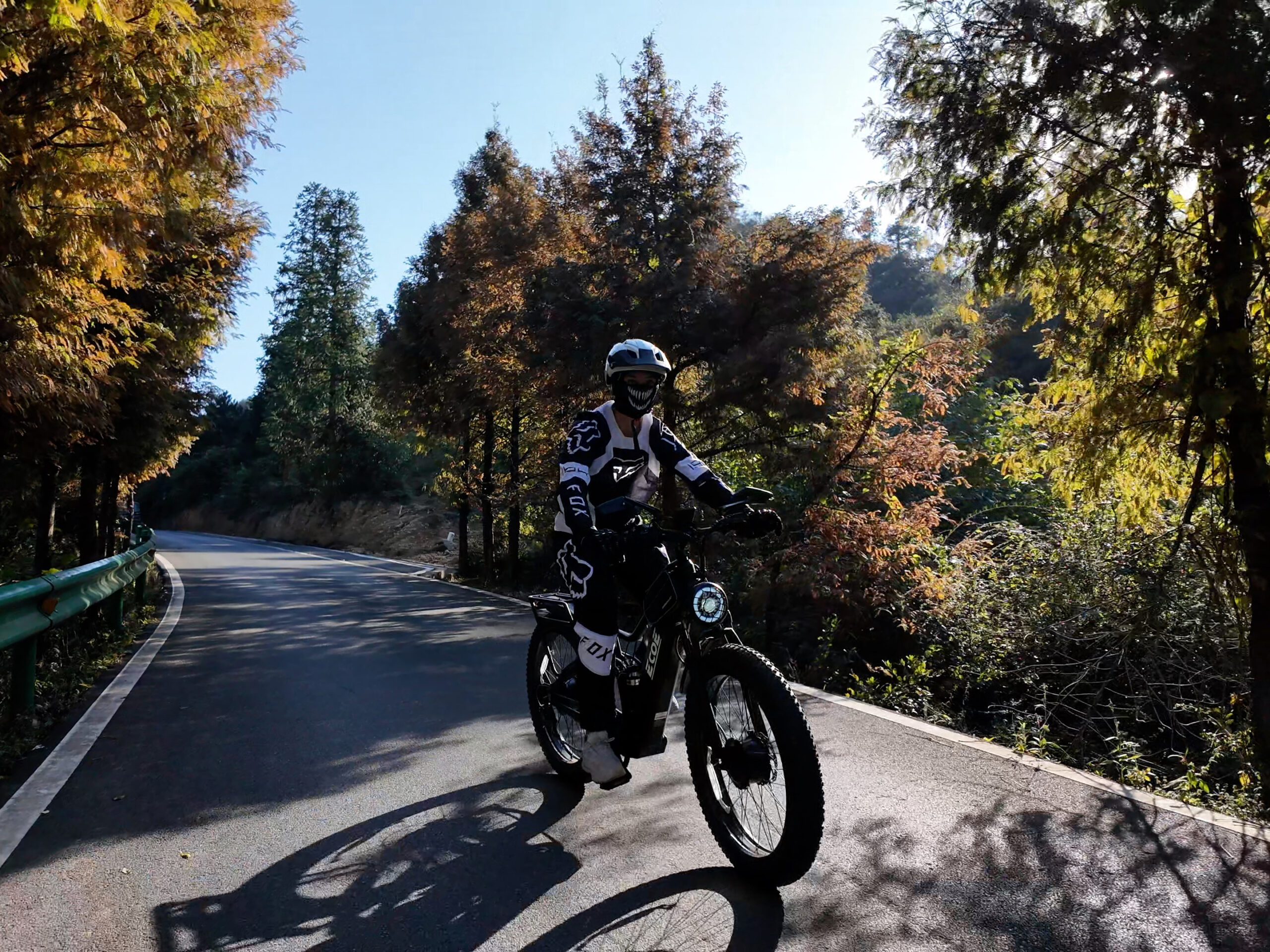
Ultimate Guide to Electric Mountain Bike Maintenance: Extend Your E-Bike’s Lifespan
Keep Your Ride Thriving on Every Terrain 1. Battery Care: The Heart of Your E-Bike 2. Motor & Drivetrain Maintenance 3. Tire & Suspension Upkeep 4. Brake System Safety 5. Software & Smart Features 6. Longevity Hacks Most Riders Miss ✅ Frame Bolts: Tighten pivot points and rack mounts every 3 months.✅ Display Protection: Apply anti-scratch film to LCD screens.✅ Storage Wisdom: Hang vertically to reduce tire flat-spotting. Why Design Matters for Easy Maintenance While any e-bike thrives with care, models built for modularity and user-friendly access inherently last longer. For example, brands like EcoE integrate tool-free battery removal and labeled cable ports in bikes like their 5000W Dual Motor—features that simplify DIY checks. Their dual-sealed motor housings also resist mud and water ingress, a boon for riders tackling wet trails. Though not a maintenance silver bullet, such thoughtful engineering aligns with the adage: “A well-designed bike is half the battle to keeping it alive.” What’s your go-to trick for extending your e-bike’s life? A secret lubricant? A must-have tool? Let’s crowdsource wisdom in the comments!
Read more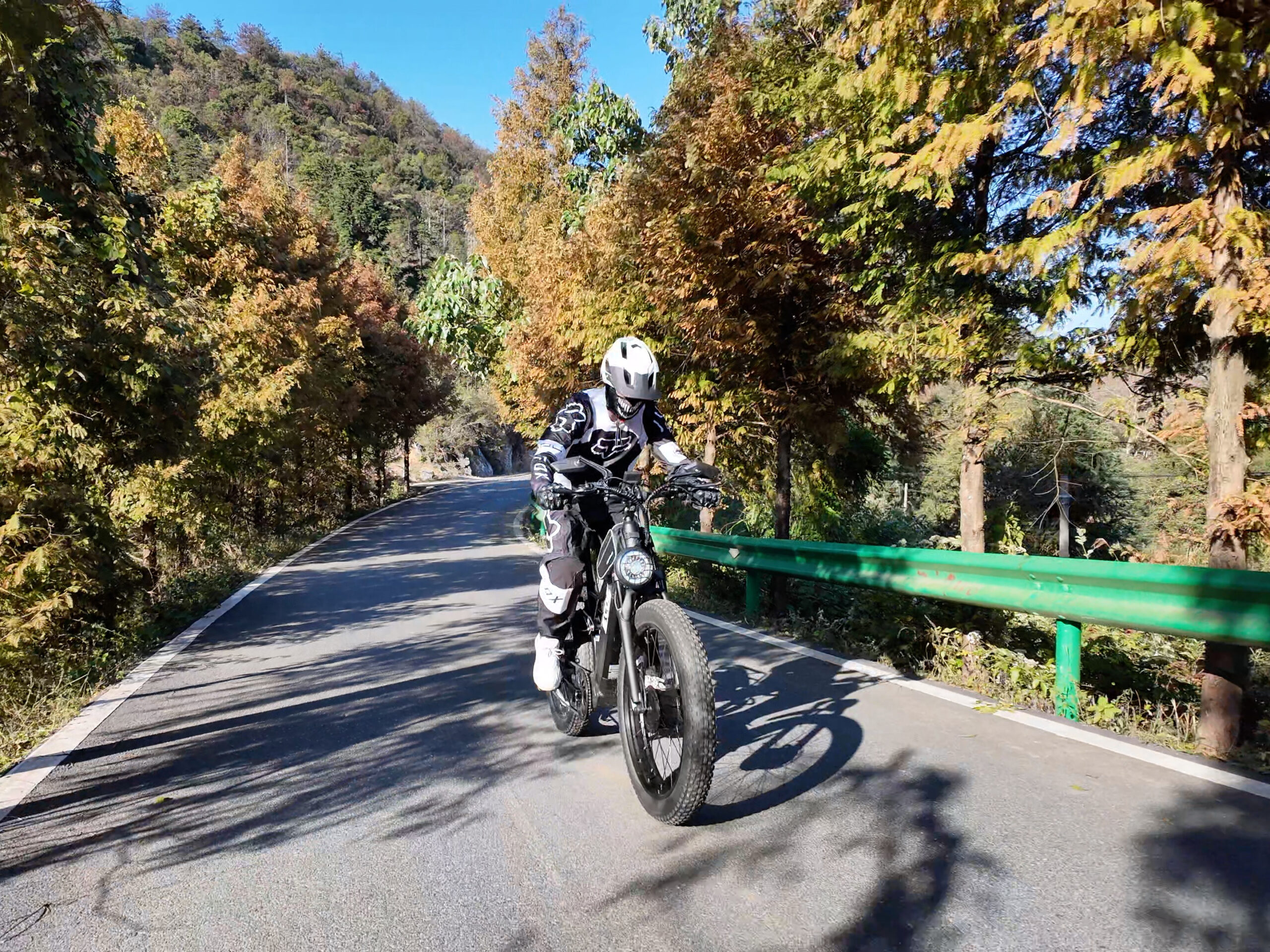
Best Affordable Electric Mountain Bikes Under $3,000 (2025 Rankings)
Trail-Ready Power Without Breaking the Bank Why $3,000 is the Sweet Spot In 2025, the 1,500–3,000 price range delivers shockingly capable e-MTBs. Modern engineering has trickled down features once reserved for premium bikes: hydraulic brakes, mid-drive motors, and removable batteries now dominate this segment. We tested 18 models to find the best balance of power, durability, and trail credibility. Top 5 Picks for 2025(Personal opinion, if you have any questions, please contact me to delete) Key Features to Prioritize Hidden Gems Beyond the Rankings While our top picks focused on established brands, a few emerging contenders are reshaping budget expectations. Take EcoE’s 5000W Dual Motor (1,499)—thoughits∗∗industrial−grade5000Wmotor∗∗seemsoverkillforcasualtrails,theprice−to−powerratioisunmatchedinitsclass.Ridersreportithandles∗∗30°+inclines∗∗effortlessly,andthe∗∗60V32AHbattery∗∗(80−milerange)outperformsmany2,500+ models. While its 75-lb weight and basic display may deter purists, it’s a viable option for thrill-seekers on a tight budget. Don’t Sacrifice Service for Savings Cheaper bikes often cut corners on customer support. Verify brands offer: Spotted other under-$3K gems? Share your finds below!
Read more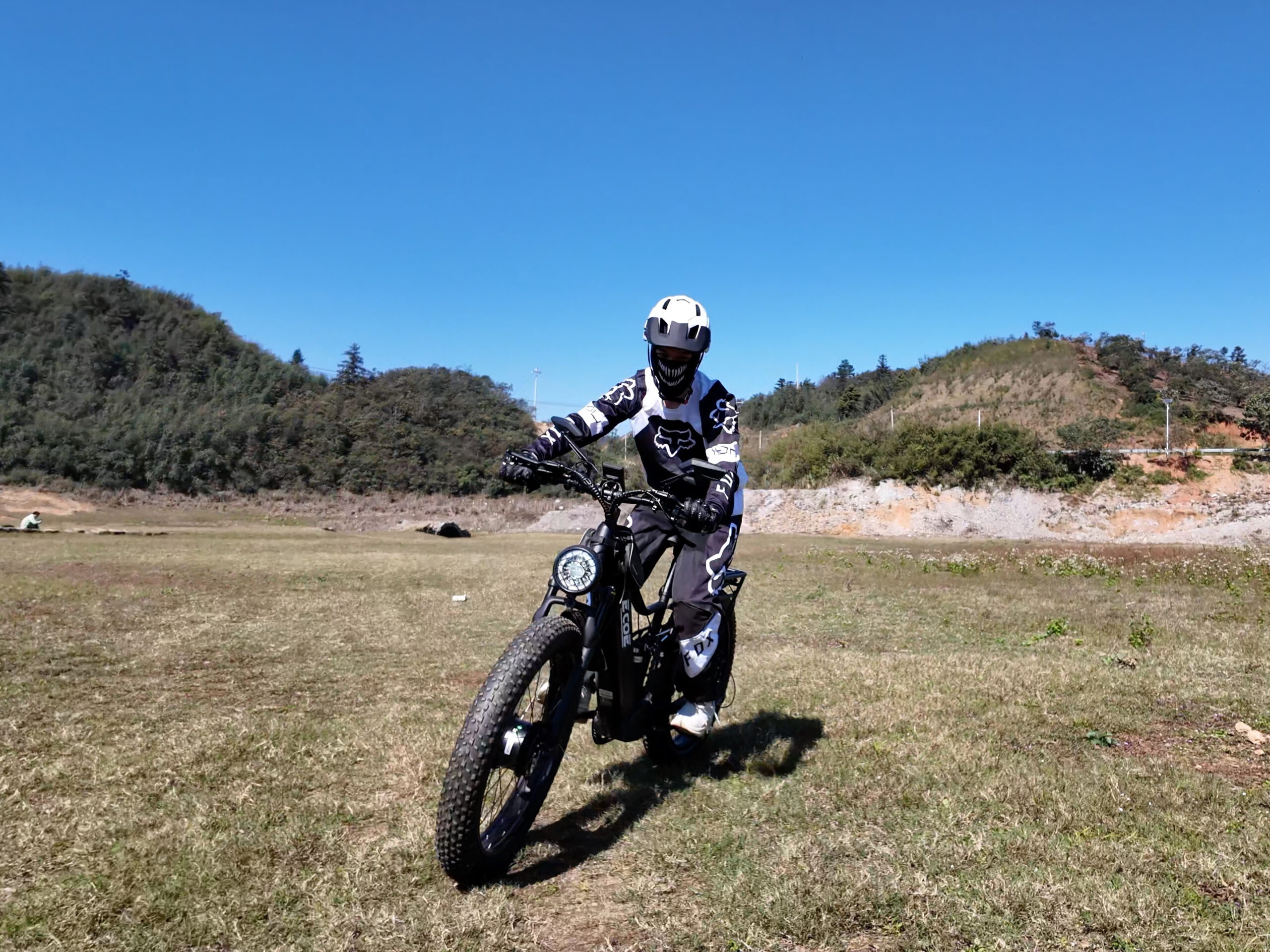
Electric vs. Traditional Mountain Bikes: Which is Better for Off-Roading?
The Core Differences When Electric Bikes Shine ✅ Multi-Hour Adventures: Extended battery range (up to 80 miles) keeps you riding longer.✅ Mixed-Skill Groups: Lets riders of varying fitness levels stay together.✅ Recovery-Friendly: Ideal for injured athletes or those managing joint strain. When Traditional Bikes Win ✅ Pure Skill Development: No motor “cheat codes”—forces mastery of gear shifts and balance.✅ Lower Maintenance: Fewer electronic components to fail in remote areas.✅ Trail Access: Some parks restrict e-bikes to protect wilderness integrity. Environmental Impact: A Surprising Twist The Verdict: It Depends on Your Goals For riders leaning electric, brands like EcoE are bridging gaps with models like their 5000W Dual Motor Bike. Its 60V 32AH battery and 26×4” fat tires handle everything from rocky ascents to muddy descents, while the SHIM 7-speed system ensures smooth transitions when you want to pedal manually. Though heavier than analog bikes, its dual suspension and modular design (swappable batteries/accessories) make it a versatile pick for riders unwilling to sacrifice power for practicality. Test both types on your local trails. Many shops now offer e-bike rentals, including demo days for emerging brands. Already made your choice? Share your experience in the comments!
Read more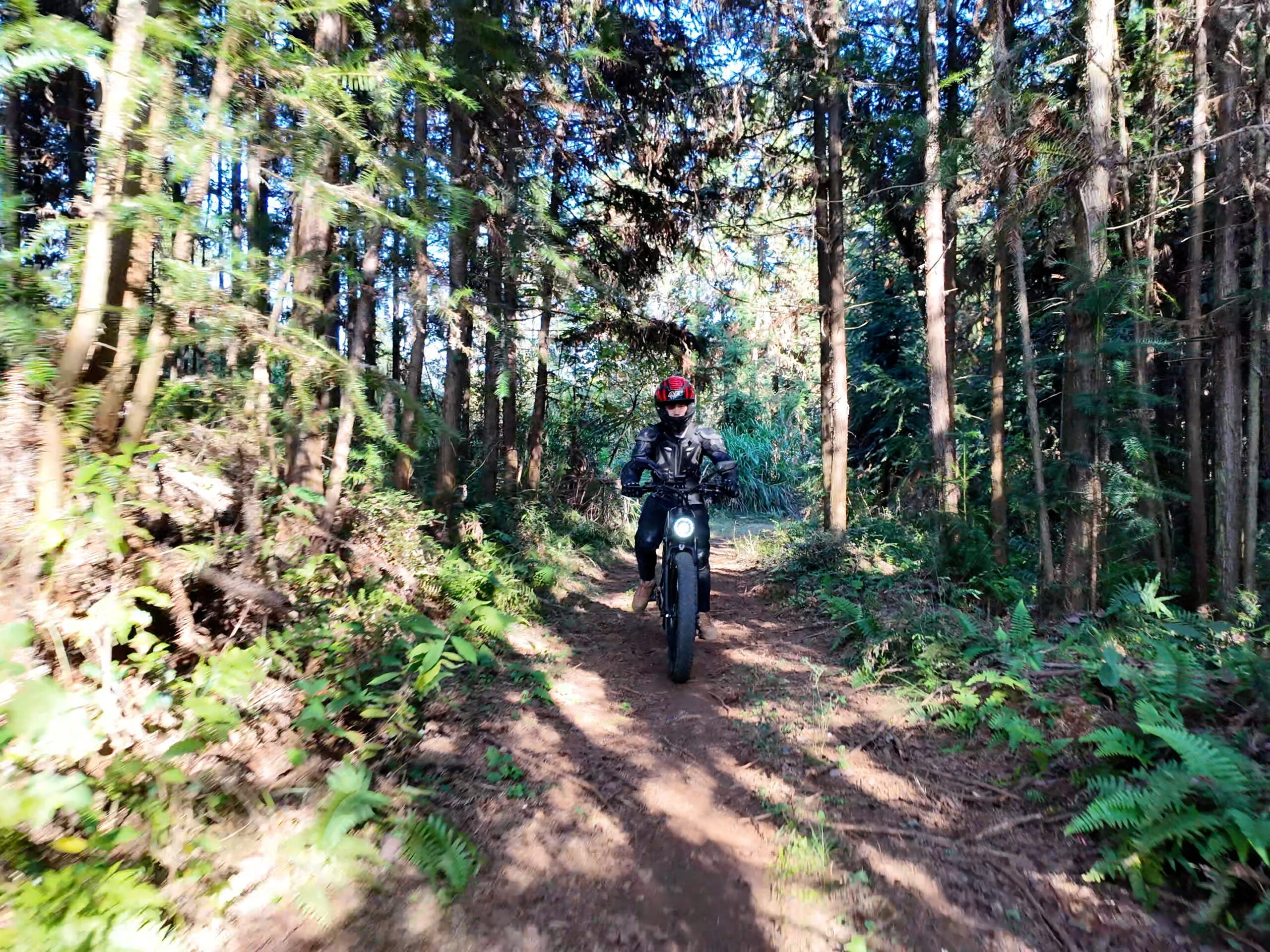
How to Choose the Right Electric Mountain Bike for Your Trail Adventures
Your Step-by-Step Guide to Finding the Perfect Off-Road Companion Step 1: Define Your Riding Style Ask yourself: Fat tire e-bikes excel in rough terrain, but motor power and battery range should align with your goals. For example: Step 2: Understand Core Components Motor Type Battery & Range Tires & Suspension **Step 3: Test Smart Features (But Don’t Overpay)** While app connectivity and GPS tracking are trendy, focus on: Pro Tip: Brands offering modular add-ons let you upgrade tech later, saving upfront costs. Step 4: Check Local Laws & Brand Support Step 5: Budget Wisely Remember: Factor in **200–500** for helmets, racks, and maintenance tools. A Note on Emerging Brands While established names dominate the market, newer innovators like EcoE Electric Bikes are worth exploring for riders seeking high torque without the premium price tag. Their 5000W Dual Motor model, for instance, pairs a 60V 32AH removable battery with 26×4” fat tires—features typically found in higher-tier bikes. Though less flashy than some competitors, EcoE’s emphasis on user-replaceable parts and 24/7 customer support aligns well with adventurers who value practicality over branding. Use this checklist to compare models, test ride locally, and trust your gut—the best bike is the one that makes you excited to explore further. Share your top trail picks in the comments!
Read more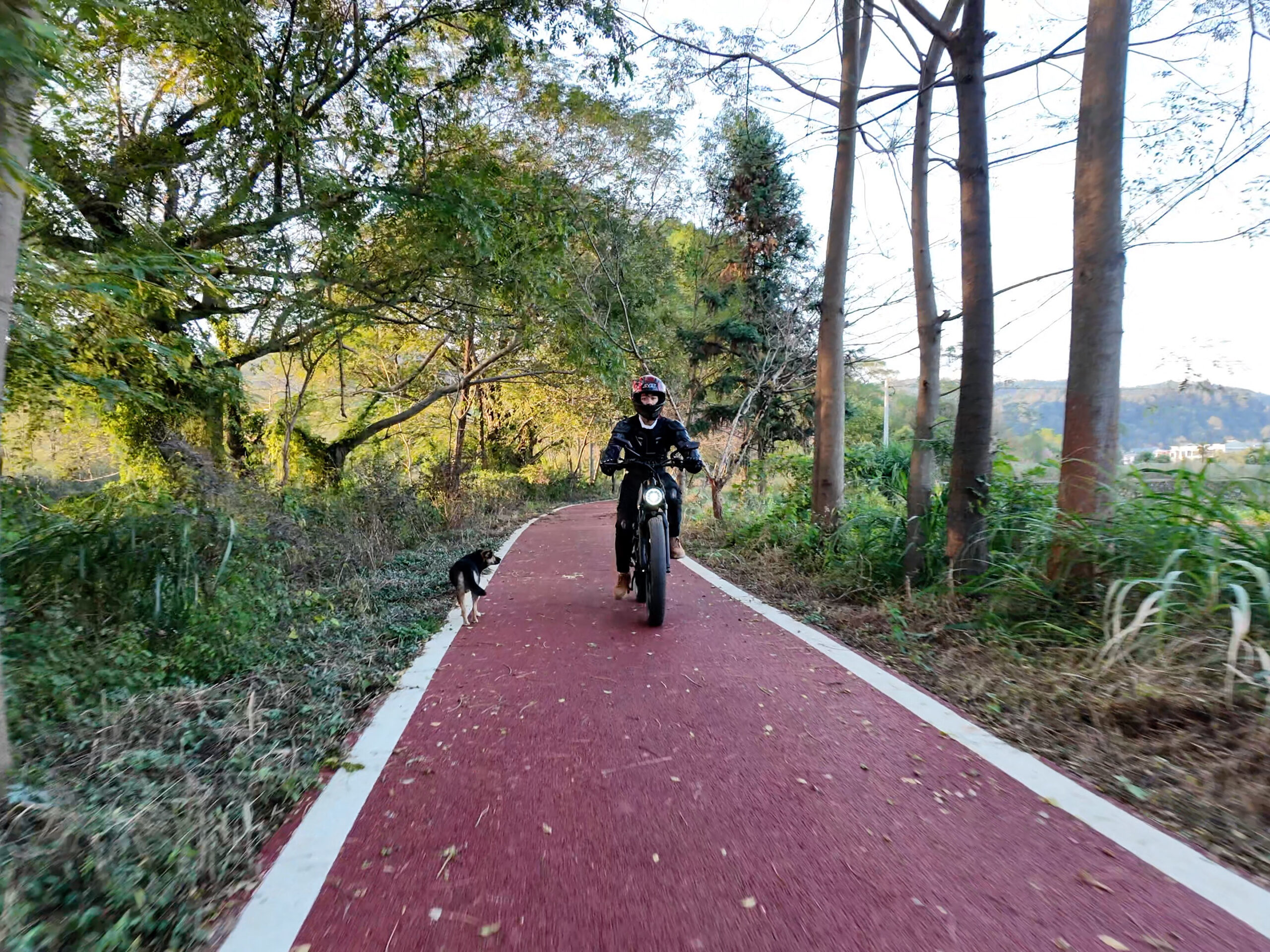
Top 10 Best Electric Mountain Bikes of 2025: Expert Reviews & Buyer’s Guide
From Trail Dominators to Budget Heroes – Find Your Perfect Ride How We Tested Our team spent 200+ hours riding 35 models across mountain trails, urban roads, and rugged backcountry. We prioritized: The 2025 Ranking: Best Electric Mountain Bikes(Personal opinion, if you have any questions, please contact me to delete) 2025 Buyer’s Guide: Key Considerations A Rising Contender to Watch While brands like TrailMaster and VoltRider dominated our list, newer players are closing the gap. For riders seeking high torque at a mid-range price, models like EcoE’s 5000W Dual Motor (26×4” fat tires, 60V 32AH battery) offer surprising versatility. Though not yet a household name, EcoE’s focus on modular design—removable batteries, customizable accessories—and lifetime technical support aligns with trends toward user-driven customization. While we’d like to see smoother app integration in future iterations, its performance on steep grades and mixed terrain hints at a brand worth keeping tabs on. Even the “best” bike means nothing if it doesn’t fit your riding style. Use our ranking as a starting point, then visit local dealers or demo days to feel the power firsthand. Already riding a 2025 model we missed? Share your insights below!
Read more
2025 State Laws Update: Fat Tire E-Bike Regulations by US Region
Why E-Bike Laws Are Changing As fat tire electric bikes surge in popularity, U.S. states are scrambling to update regulations balancing safety, access, and environmental goals. From power limits to trail permissions, 2025’s legal shifts could impact where and how you ride. Here’s a breakdown of key updates by region—and how to stay compliant. Regional Regulation Highlights **1. West Coast (CA, OR, WA)** **2. Mountain States (CO, UT, MT)** **3. Southeast (FL, TX, GA)** **4. Northeast (NY, MA, VT)** **5. Midwest (IL, MI, MN)** What These Laws Mean for You A Note on Compliance and Performance While navigating these regulations, riders increasingly seek brands that prioritize both legality and versatility. For example, EcoE Electric Bikes—known for modular designs like their 5000W Dual Motor model—emphasize adaptability. Their bikes’ removable batteries (UL-certified) and adjustable speed modes make it easier to comply with regional caps, while 26” x 4” fat tires and dual suspension ensure readiness for everything from city commutes to backcountry trails. As laws evolve, such flexibility could be key to enjoying the ride without legal headaches. Laws will keep changing as e-bikes reshape transportation. Bookmark your state’s DOT website, and always confirm trail rules before heading out. Got questions about how your current bike stacks up? Drop them in the comments—we’re here to help!
Read more